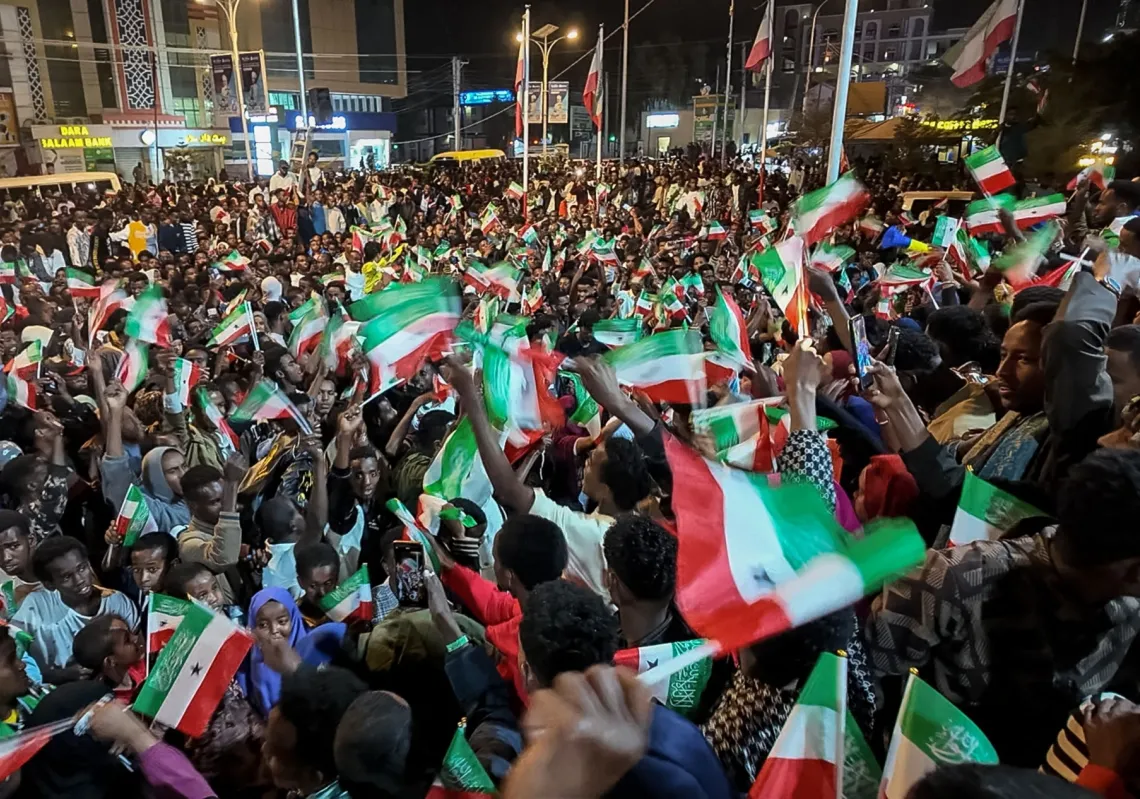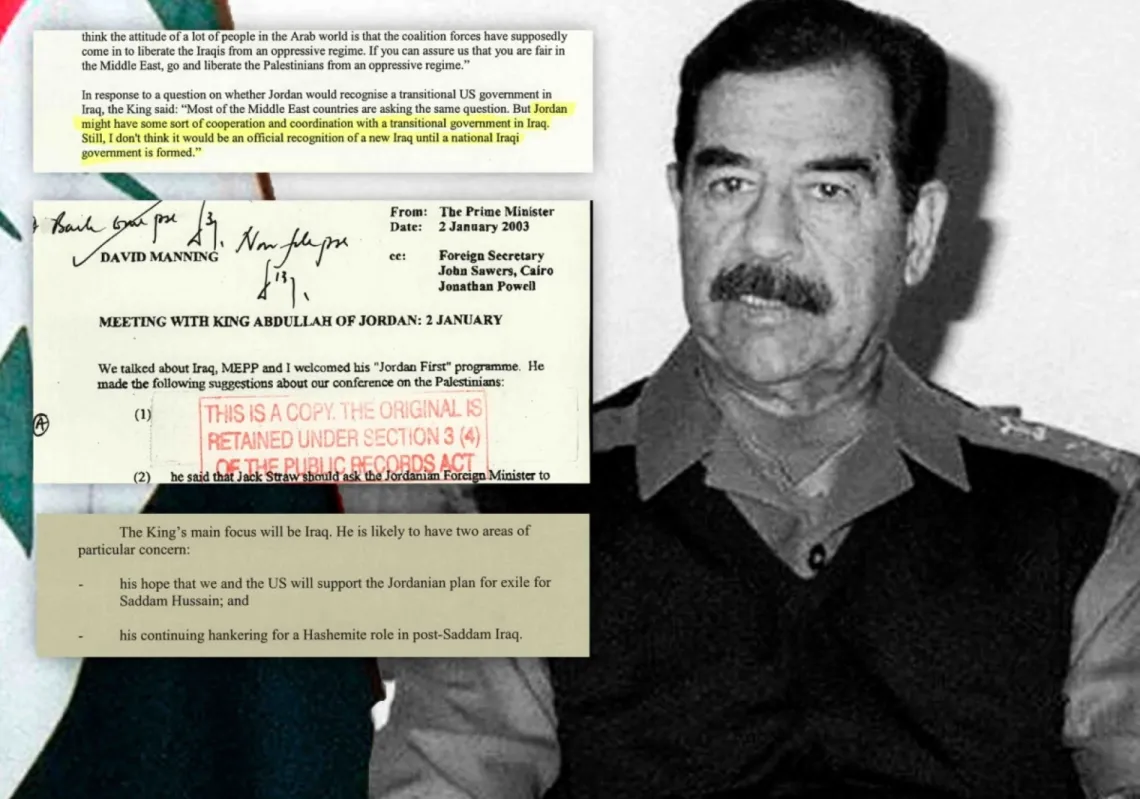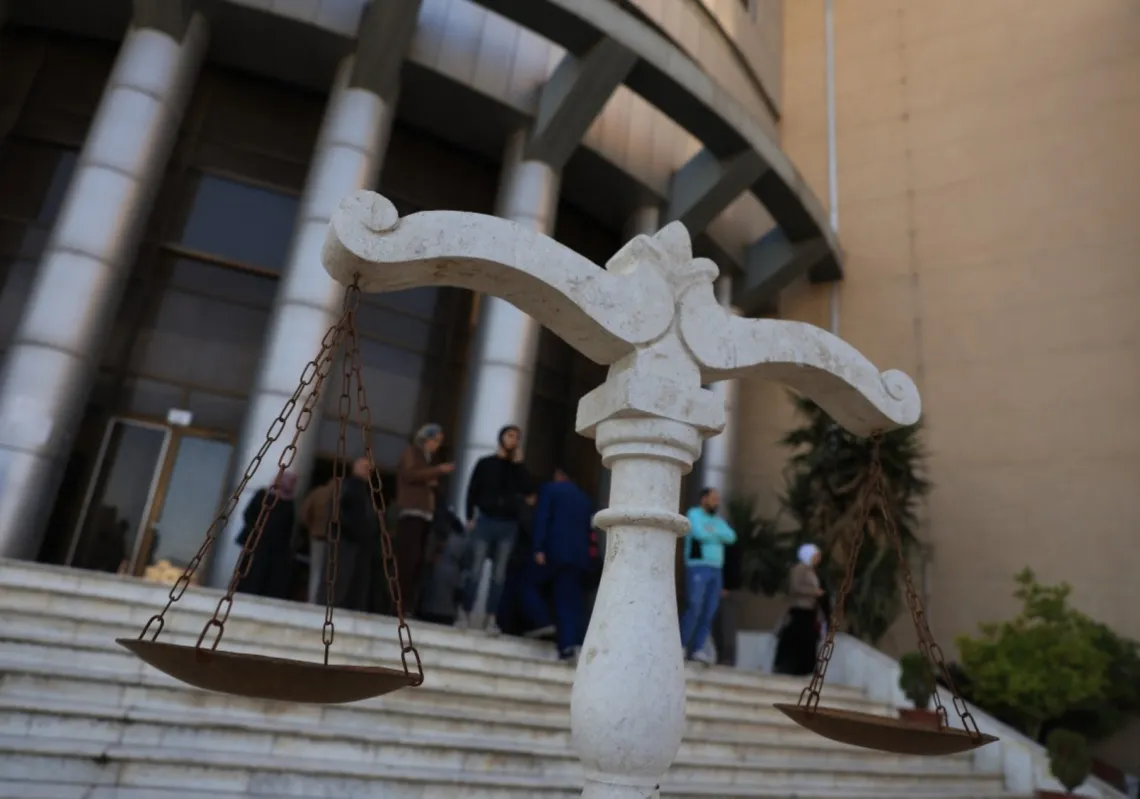While Israel’s war with Hamas in Gaza has drawn much of the world’s attention over the past eight months, fighting on a second front—at the country’s northern border with Lebanon—is now escalating.
The Lebanese militant group Hezbollah launched its most significant rocket assault yet at Israel last week in retaliation for an Israeli air strike that killed a senior Hezbollah commander, fueling concern that the conflict could rapidly spiral out.
Fighting at the northern border has simmered for months as the Iranian-backed Hezbollah has launched thousands of rockets, anti-tank missiles, and drones into Israel, while the Israeli Air Force has responded with thousands of airstrikes. Some 140,000 people have been displaced from their homes on both sides of the border.
On Tuesday, US Secretary of State Antony Blinken said that while he believed that neither Israel nor Hezbollah sought a wider war, there was nonetheless “momentum potentially in that direction.” His Israeli counterpart, Foreign Minister Israel Katz, noted on Tuesday that his country was close to reaching a decision on whether to go to war and cautioned that “in a total war, Hezbollah will be destroyed and Lebanon will be hit hard.”
But Israel would also be bloodied. Hezbollah is a far more formidable foe than Hamas since the former is thought to be the most heavily armed nonstate actor in the world, according to the Center for International and Strategic Studies. The group has built up a sophisticated arsenal with the assistance of Iran, Syria, and Russia.
“Hamas represents a tactical threat to the state of Israel. Hezbollah is a strategic threat to the state of Israel,” said Michael Oren, who served as Israel’s ambassador to the United States during the Obama administration.
The group is estimated to have some 130,000 rockets and missiles that could quickly overwhelm the country’s sophisticated air defence systems and hit its biggest cities.
“I’ve read estimates of what Hezbollah could do to us in three days that are just horrendous,” Oren said. “You’re talking about knocking out all of our essential infrastructure, oil refineries, air bases, Dimona,” he said, referring to the site of the country’s nuclear research facility.
Hezbollah is now broadcasting live & exceptionally clear drone footage from the Haifa port as well as other military bases & sensitive Israeli sites pic.twitter.com/JzaOIXZre0
— Sarah Wilkinson (@swilkinsonbc) June 18, 2024
On Tuesday, the Lebanese group published drone footage of Israel’s Haifa Port, located 17 miles from the Lebanese border, in an apparent bid to demonstrate its ability to penetrate Israel’s air defences and reach deep into the country.
Israel and Hezbollah fought a 34-day war in 2006 that ended in a tense stalemate. In the years since, the Lebanese group has bolstered its arsenal and gained significant battlefield experience in Syria, fighting alongside Iran’s Islamic Revolutionary Guard Corps to prop up the embattled Syrian leader Bashar al-Assad during his country’s civil war. A Hezbollah commander told Voice of America in 2016 that the conflict was a “dress rehearsal” for the next war with Israel.
Like Hamas, Hezbollah is also thought to have developed a tunnel network that runs under Lebanon, which some Israeli analysts have argued is even more extensive than the one used by Hamas. And unlike Gaza, which is geographically isolated from its backers in Tehran, Iran has established ground and air supply routes leading to Lebanon through Iraq and Syria that could be used to sustain Hezbollah’s forces in the event of an all-out war.
An escalation would also be devastating for Lebanon, where Hezbollah has been described as operating a “state within a state,” as Israel is likely to target the capital, Beirut, and other cities.
Israeli Defense Minister Yoav Gallant has warned that Israel would “return Lebanon to the Stone Age” in the event of a war.
Like Hamas in Gaza, Hezbollah is deeply embedded in Lebanon’s civilian population. During the 2006 war, Israel was widely criticised by human rights groups for using excessive force, striking a range of nonmilitary targets associated with Hezbollah—including banks, schools, and political offices—and attacking the country’s civilian infrastructure.
“The plan would be to destroy all semblance of Hezbollah rule in the country that is dominated by Hezbollah. That’s a lot of damage we’re talking about,” said Jonathan Schanzer, the senior vice president for research at the Foundation for Defense of Democracies think tank.
The years of relative quiet that followed the 2006 war ended abruptly when Hezbollah launched a volley of rockets and missiles into Israel in the wake of the 7 October 2023 attacks—in apparent solidarity with Hamas. The road to de-escalating the crisis at Israel’s northern border may likely run through Gaza, said Daniel Byman, a professor at Georgetown University’s School of Foreign Service.












